Sustainable Development Goals
 |
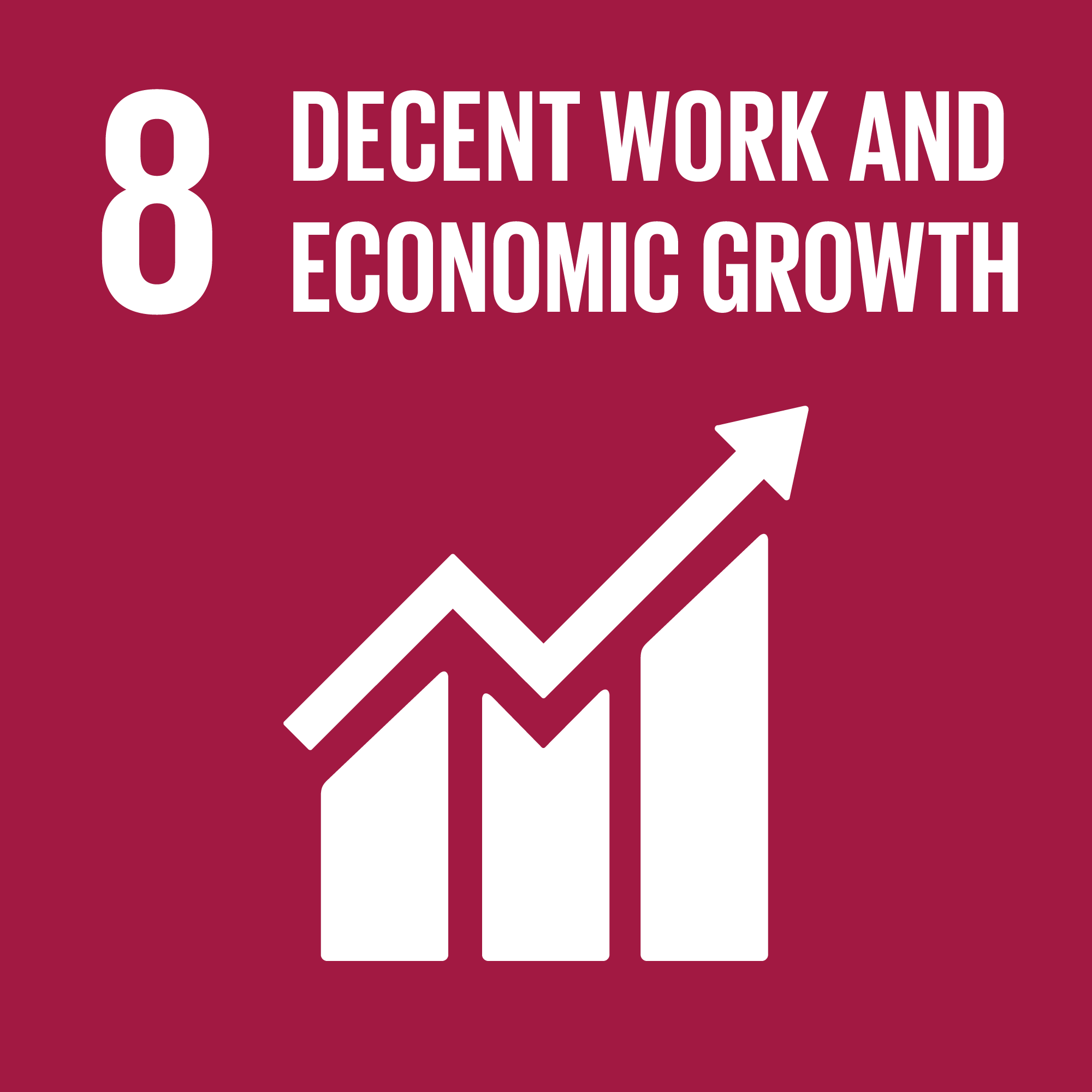 |
 |
 |
|
|
|
|
|
|
|
|
|
-
Target 8.4 | Improve Resource Efficiency in Consumption and Production
|
|
|
|
-
Target 8.A | Increase Aid for Trade Support
|
|
|
|
|
Targets and Indicators with Data Availability
Note: The data may be updated periodically as more information become available.
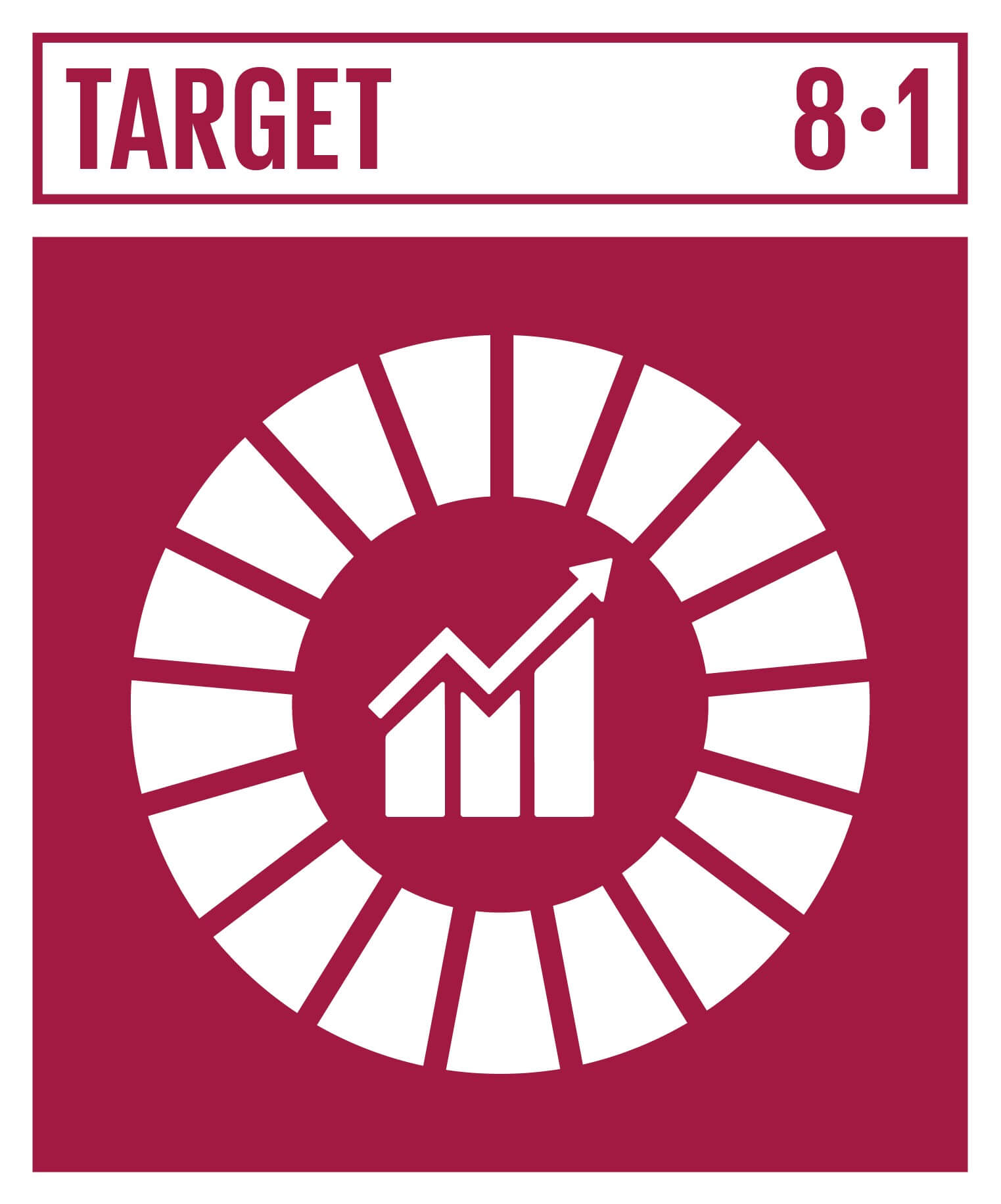 |
Sustainable Economic Growth
Sustain per capita economic growth in accordance with national circumstances and, in particular, at least 7 per cent gross domestic product growth per annum in the least developed countries.
|
Indicator 8.1.1 | Annual growth rate of real GDP per capita
|
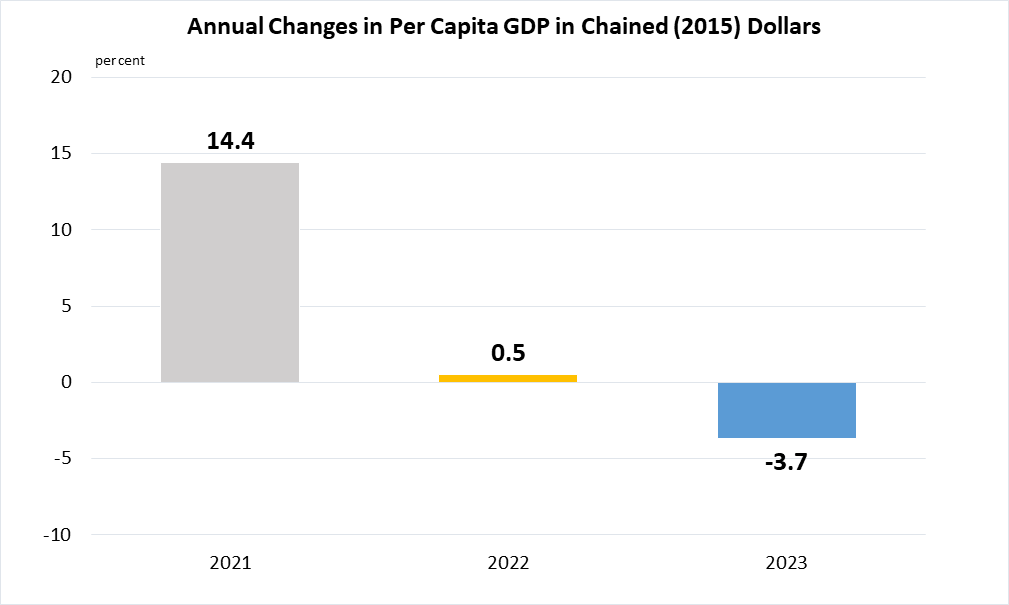
Data refer to annual changes in per capita GDP in chained (2015) dollars.
|
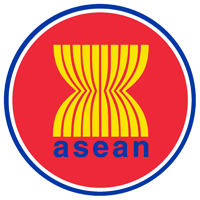 |
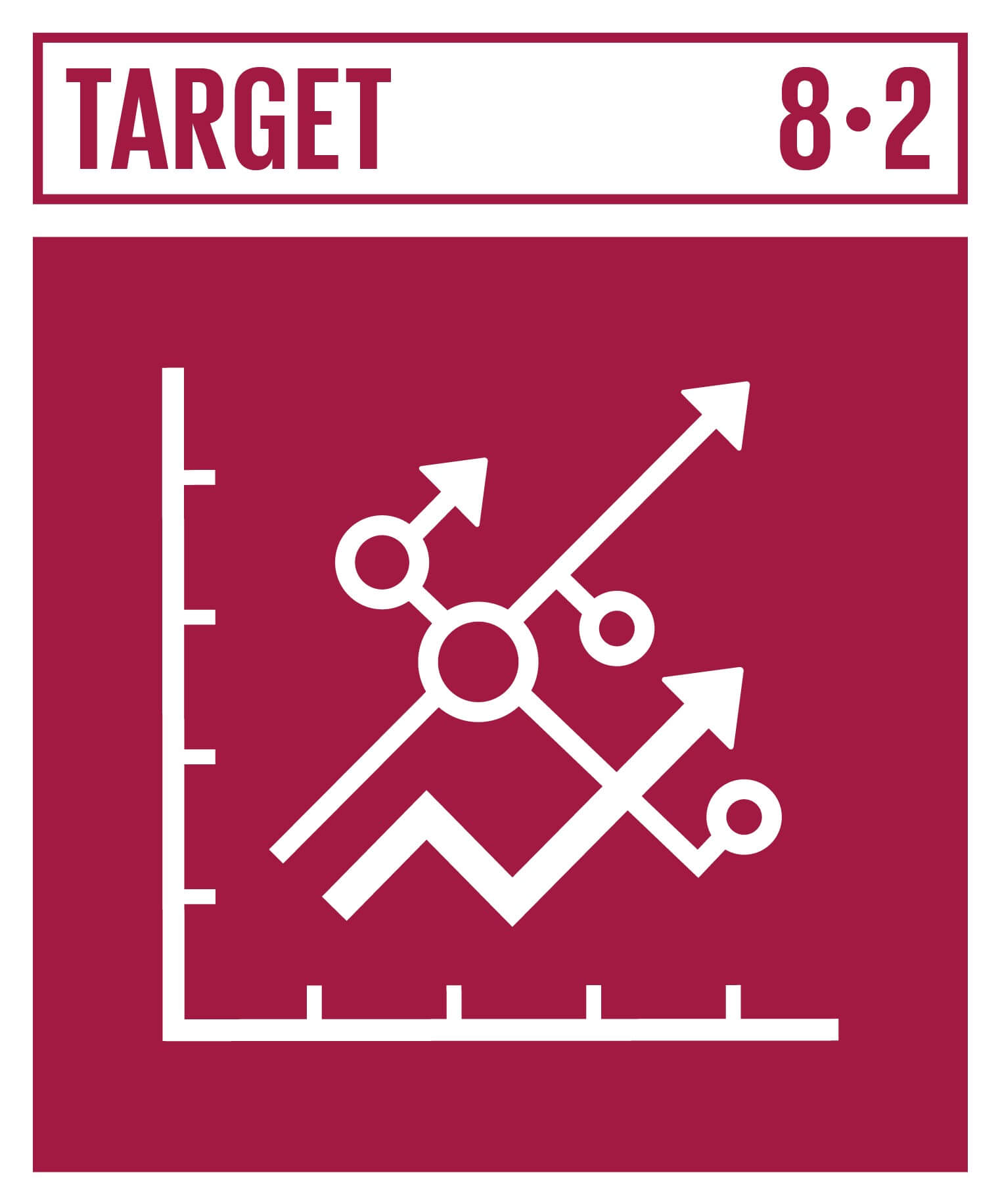 |
Diversify, Innovate and Upgrade for Economic Productivity
Achieve higher levels of economic productivity through diversification, technological upgrading and innovation, including through a focus on high-value added and labour-intensive sectors.
|
Indicator 8.2.1 | Annual growth rate of real GDP per employed person
|
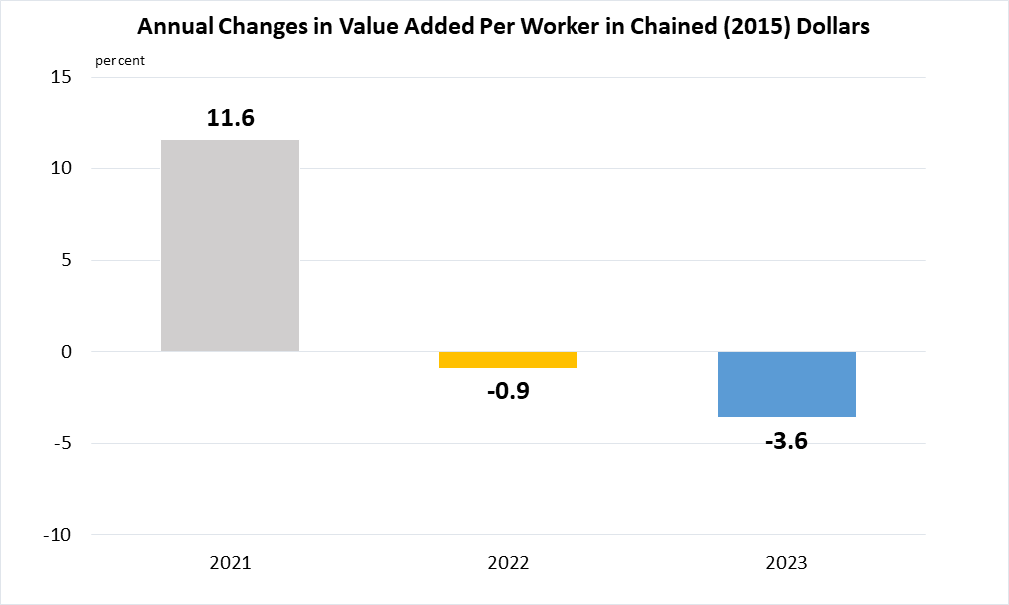
Data refer to annual changes in value added per worker in chained (2015) dollars.
|
 |
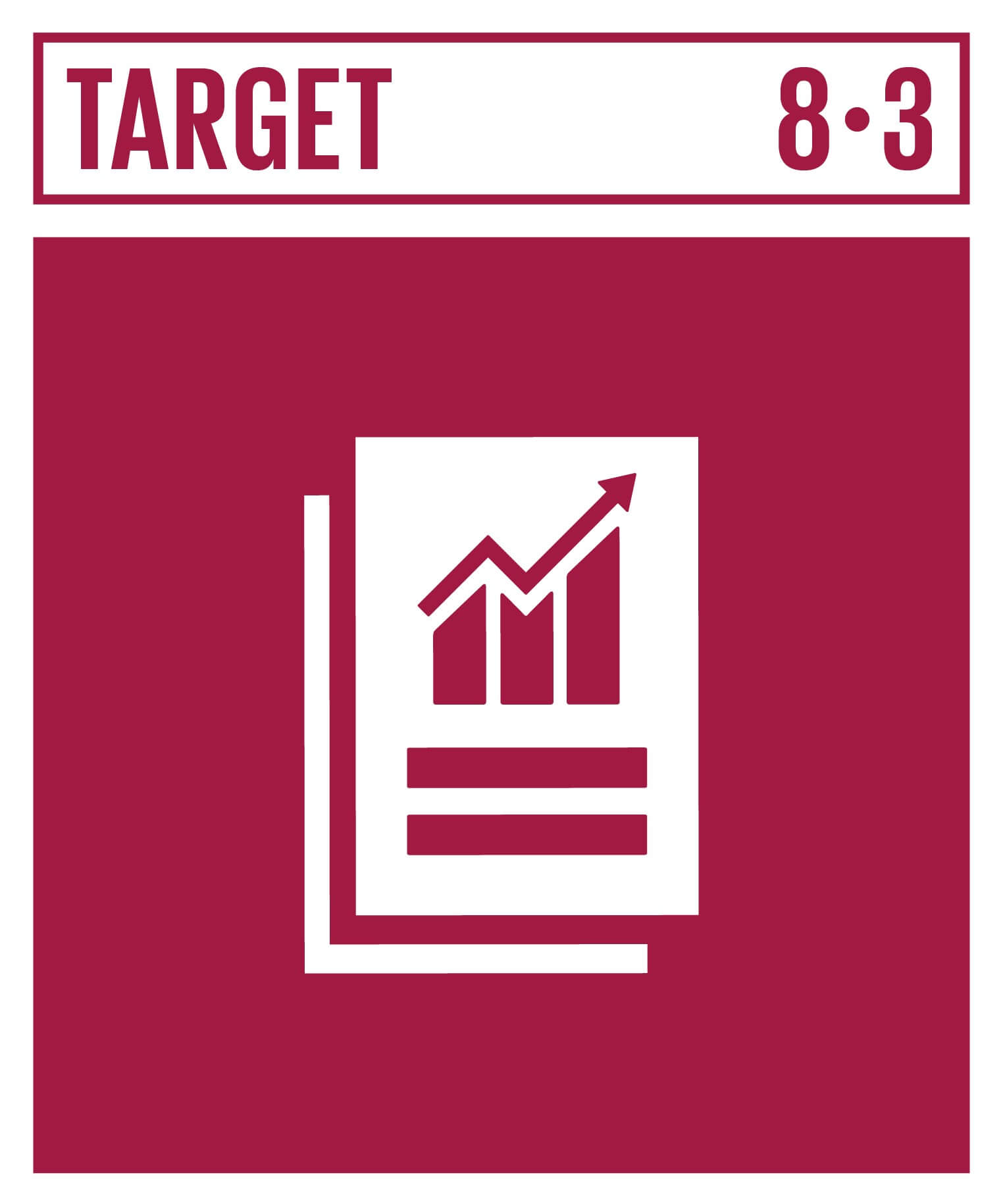 |
Promote Policies to Support Job Creation and Growing Enterprises
Promote development-oriented policies that support productive activities, decent job creation, entrepreneurship, creativity and innovation, and encourage the formalization and growth of micro-, small- and medium-sized enterprises, including through access to financial services.
|
Indicator 8.3.1 | Proportion of informal employment in total employment, by sector and sex
|
Singapore is a highly formalised economy where vast majority of workers are afforded regulatory oversight and employment protection by comprehensive labour laws and regulation.
|
|
[/panel]
[/accordion]
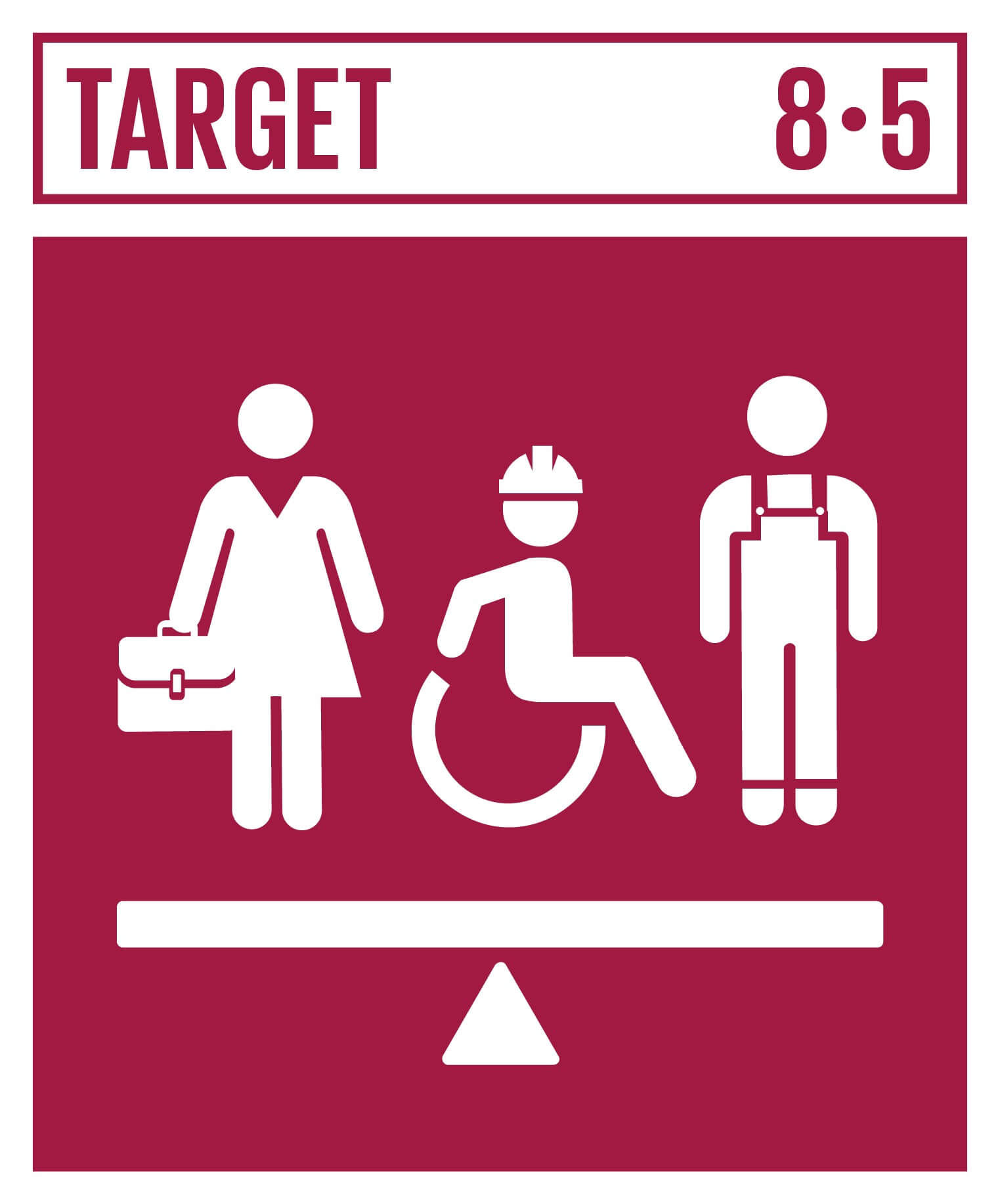 |
Full Employment and Decent Work with Equal Pay
By 2030, achieve full and productive employment and decent work for all women and men, including for young people and persons with disabilities, and equal pay for work of equal value.
|
Indicator 8.5.2 | Unemployment rate, by sex, age and persons with disabilities
|
(a)
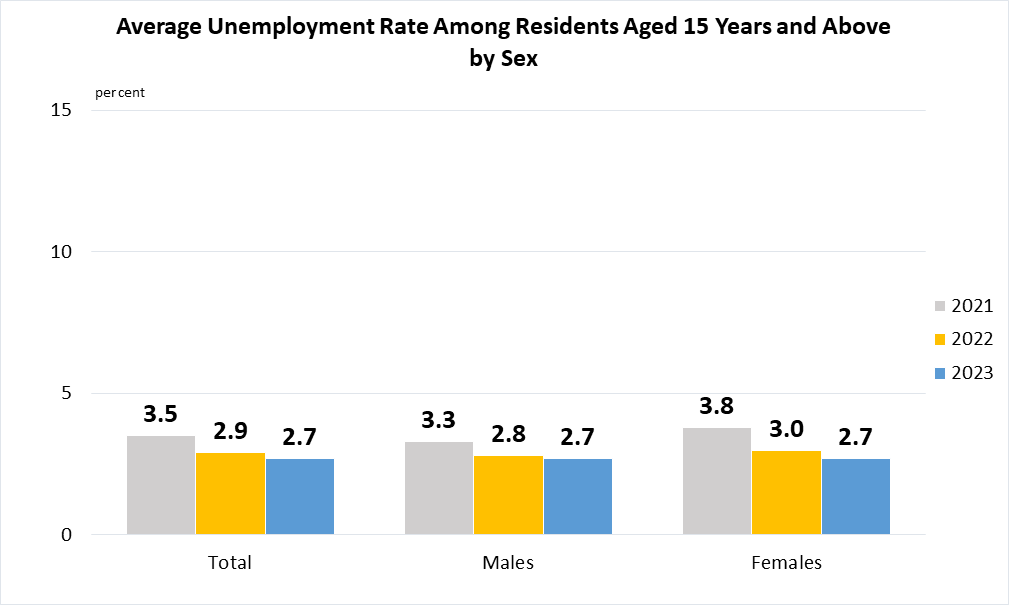
Data pertain to the resident population (i.e. Singapore citizens and permanent residents).
Annual figures are the simple averages of the unemployment figures obtained at quarterly intervals.
(b)
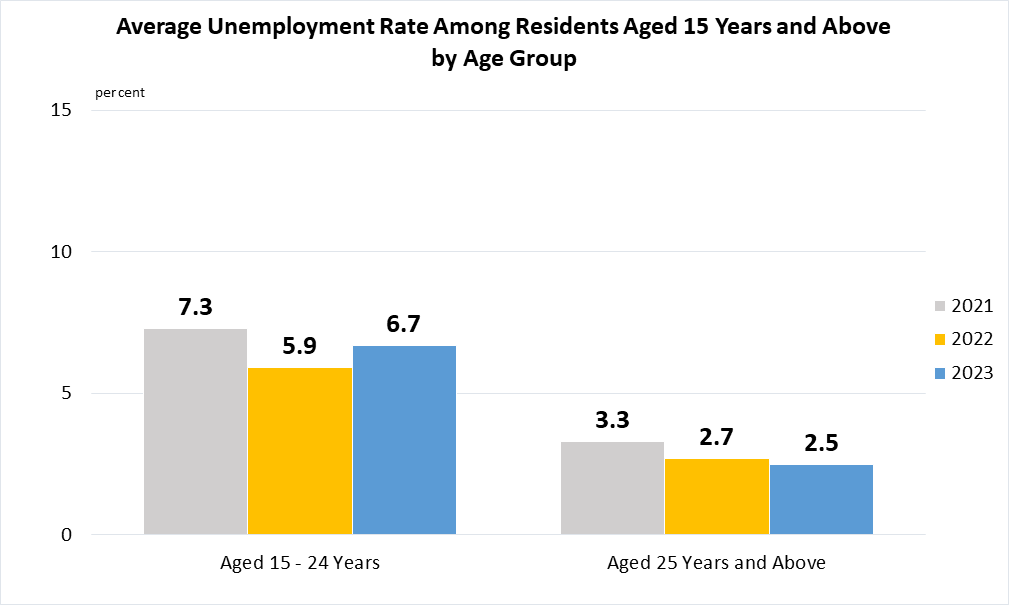
Data pertain to the resident population (i.e. Singapore citizens and permanent residents).
Annual figures are the simple averages of the unemployment figures obtained at quarterly intervals.
(c)
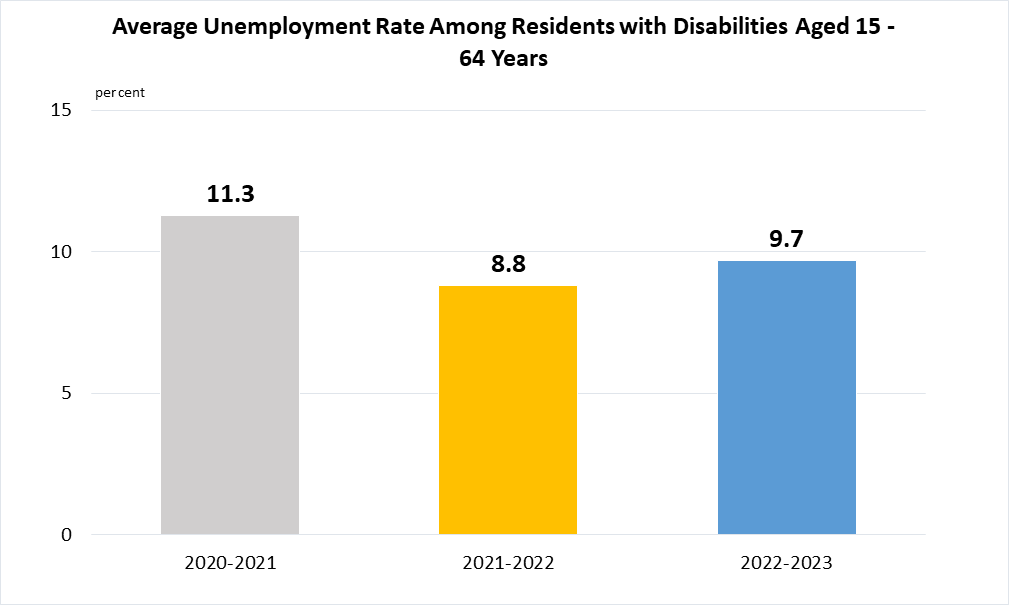
Data pertain to the resident population (i.e. Singapore citizens and permanent residents) and are based on two-year moving average of unemployment rates in June of reference years to smoothen out year-on-year fluctuations due to the relatively small number of persons with disabilities. For example, 2018-2019 figure refers to the average of June 2018 and June 2019 unemployment rates.
|
 |
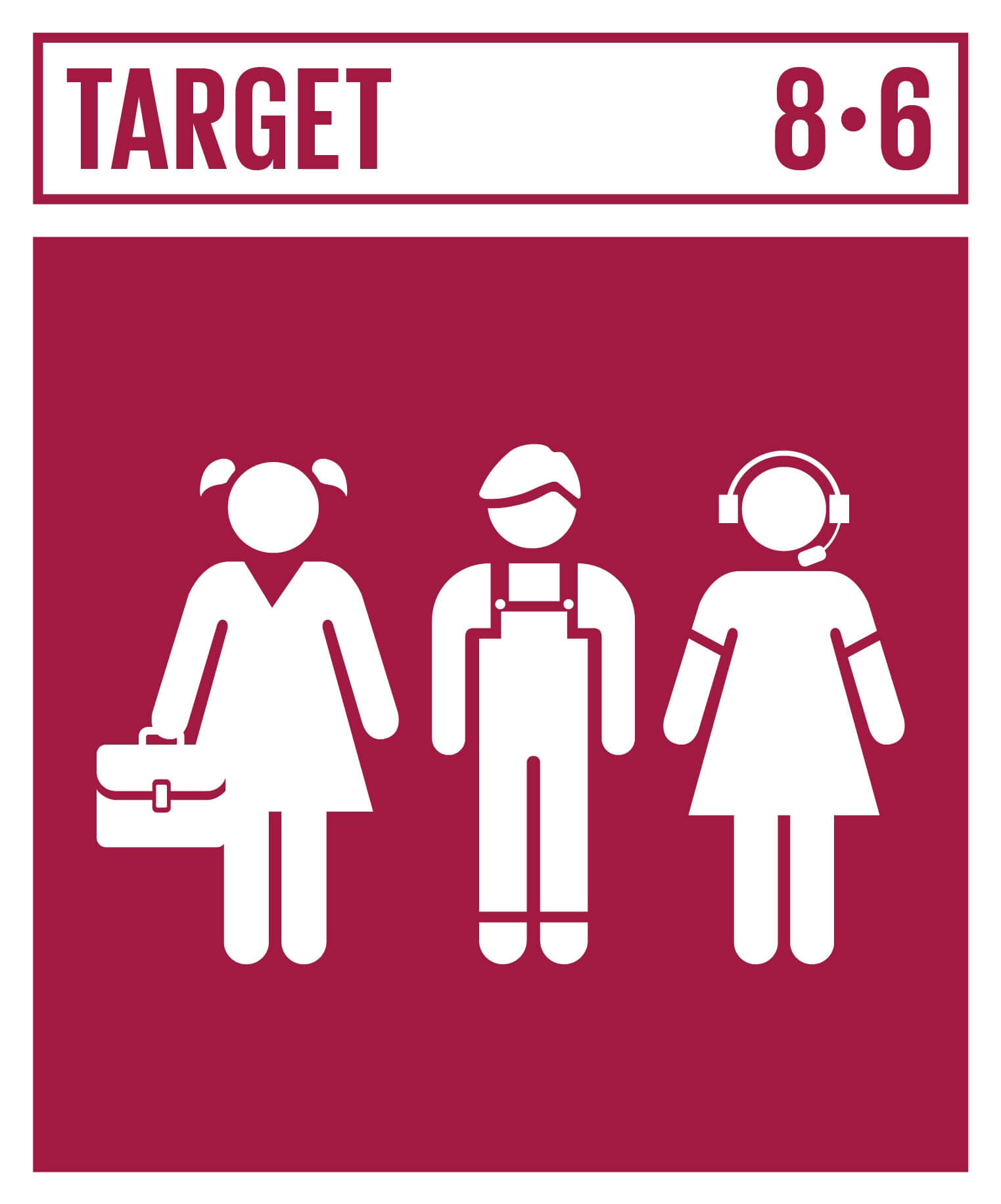 |
Promote Youth Employment, Education and Training
By 2020, substantially reduce the proportion of youth not in employment, education or training.
|
Indicator 8.6.1 | Proportion of youth (aged 15-24 years) not in education, employment or training
|
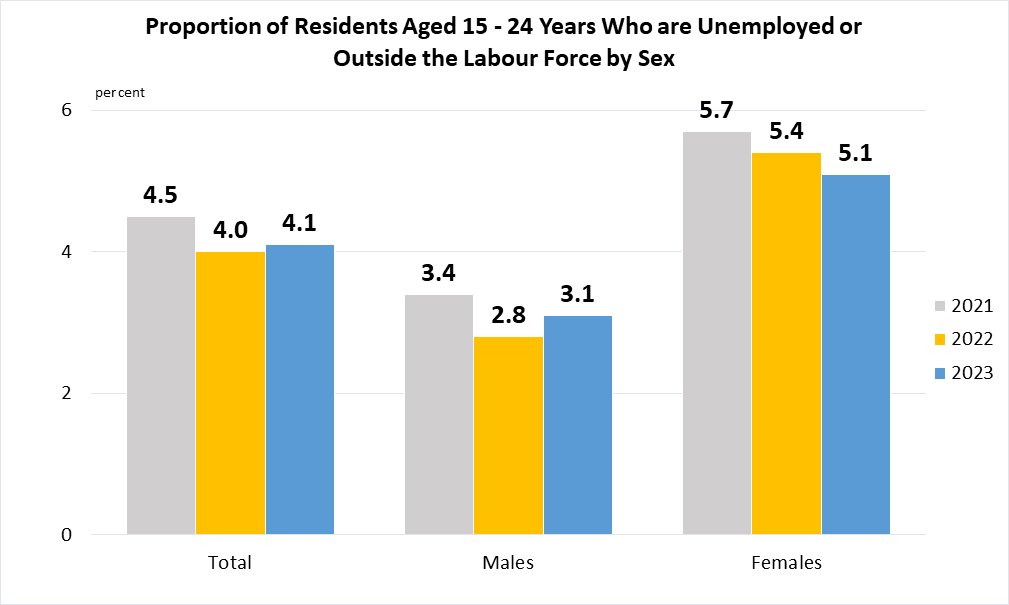
Data pertain to the resident population (i.e. Singapore citizens and permanent residents) who are unemployed or outside the labour force due to reasons other than education or training.
Annual proportions are based on the simple averages of the quarterly numbers of all resident youths and those youths who are unemployed or outside the labour force due to reasons other than education or training.
|
 |
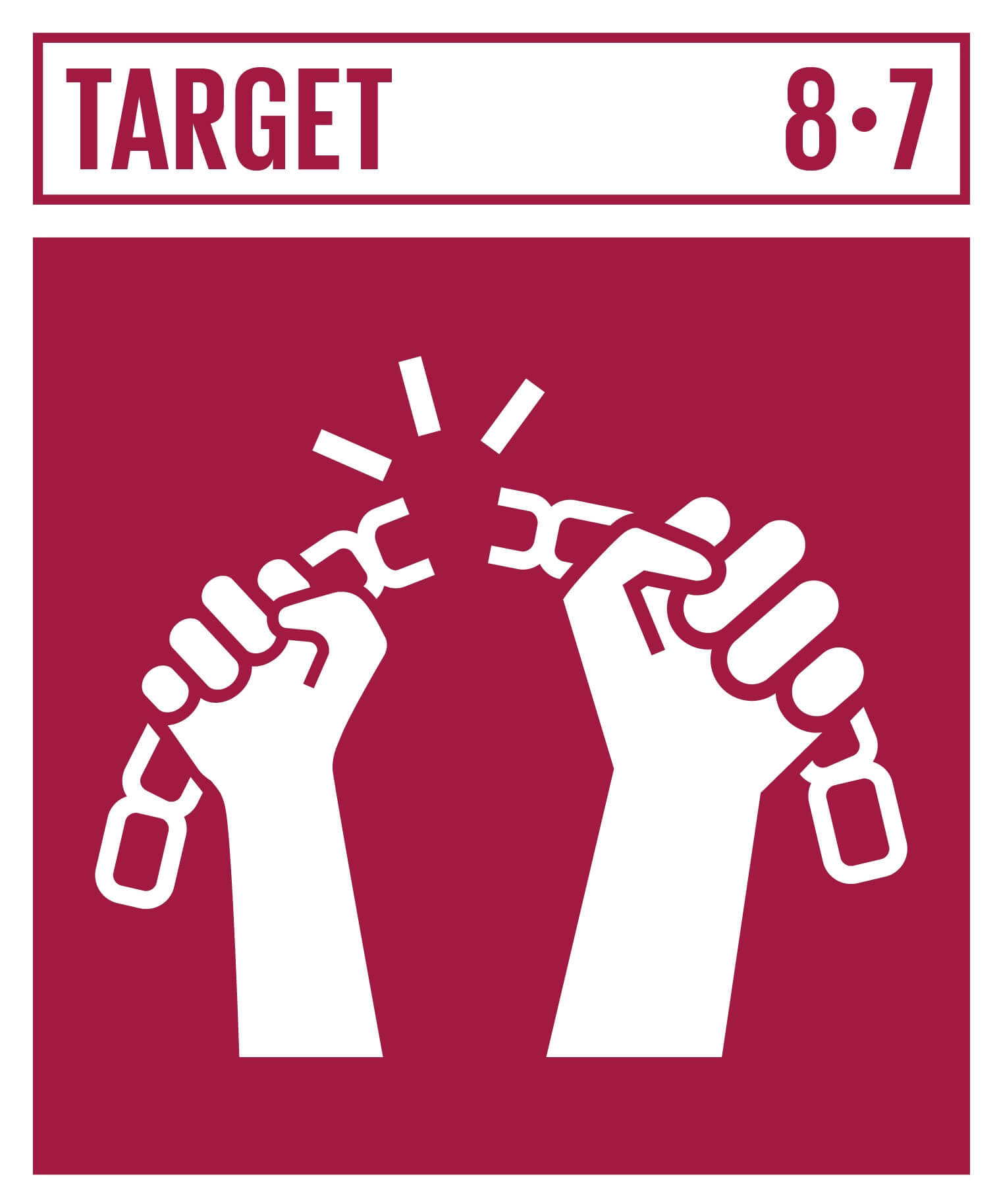 |
End Modern Slavery, Trafficking and Child Labour
Take immediate and effective measures to eradicate forced labour, end modern slavery and human trafficking and secure the prohibition and elimination of the worst forms of child labour, including recruitment and use of child soldiers, and by 2025 end child labour in all its forms.
|
Indicator 8.7.1 | Proportion and number of children aged 5–17 years engaged in child labour, by sex and age
|
The incidence of children aged 5-17 years working is low in Singapore. This is attributed to primary school education being compulsory for all Singapore Citizens and the high net enrolment ratio for secondary education in Singapore. Singapore’s Employment (Children and Young Persons) Regulations state that no child who is below the age of 13 years shall be employed in any occupation. The type of work children and young persons can do is governed by Part 8 of the Employment Act and the Employment (Children and Young Persons) Regulations.
|
|
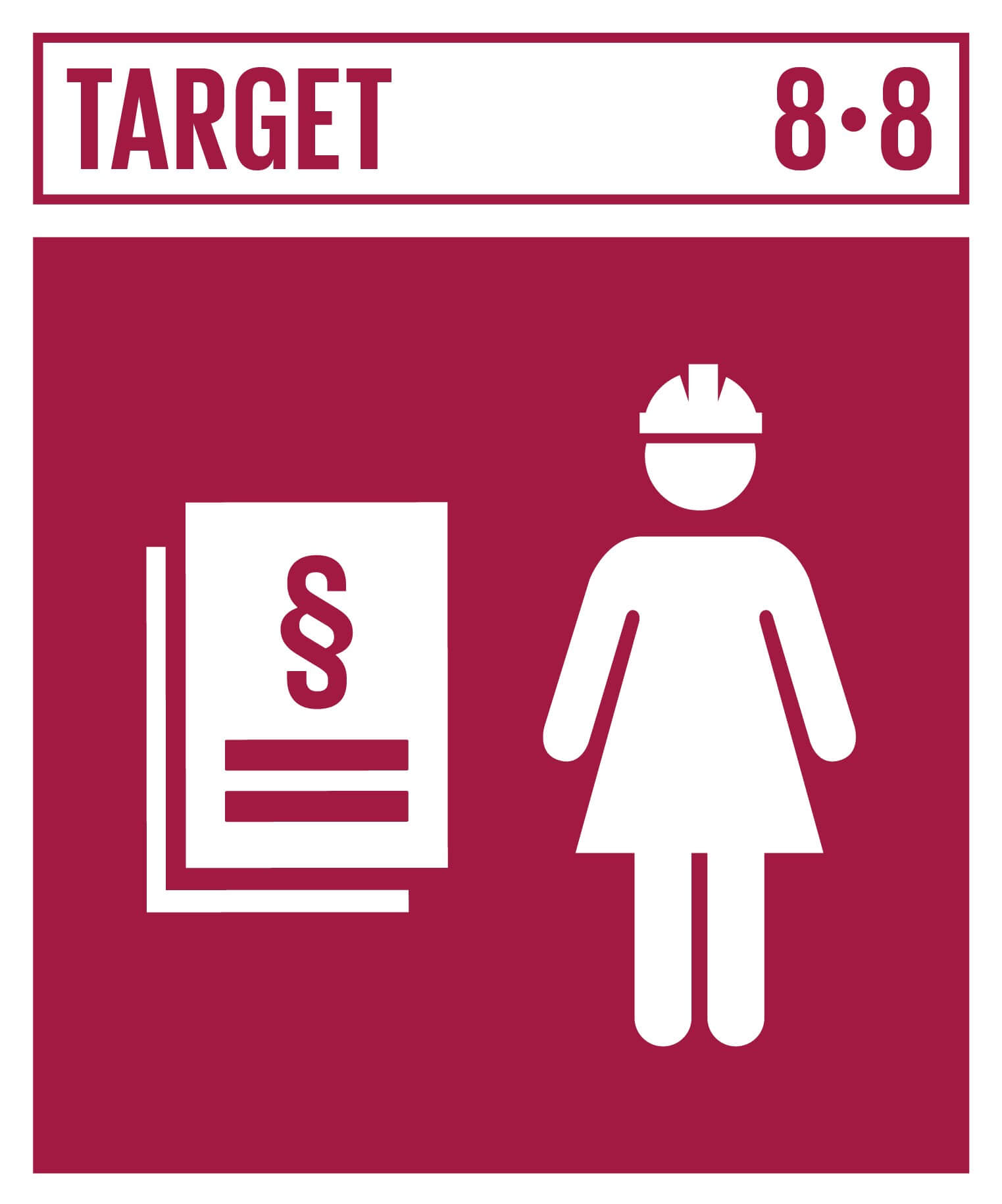 |
Protect Labour Rights and Promote Safe Working Environments
Protect labour rights and promote safe and secure working environments for all workers, including migrant workers, in particular women migrants, and those in precarious employment.
|
Indicator 8.8.1 | Fatal and non-fatal occupational injuries per 100,000 workers, by sex and migrant status
|
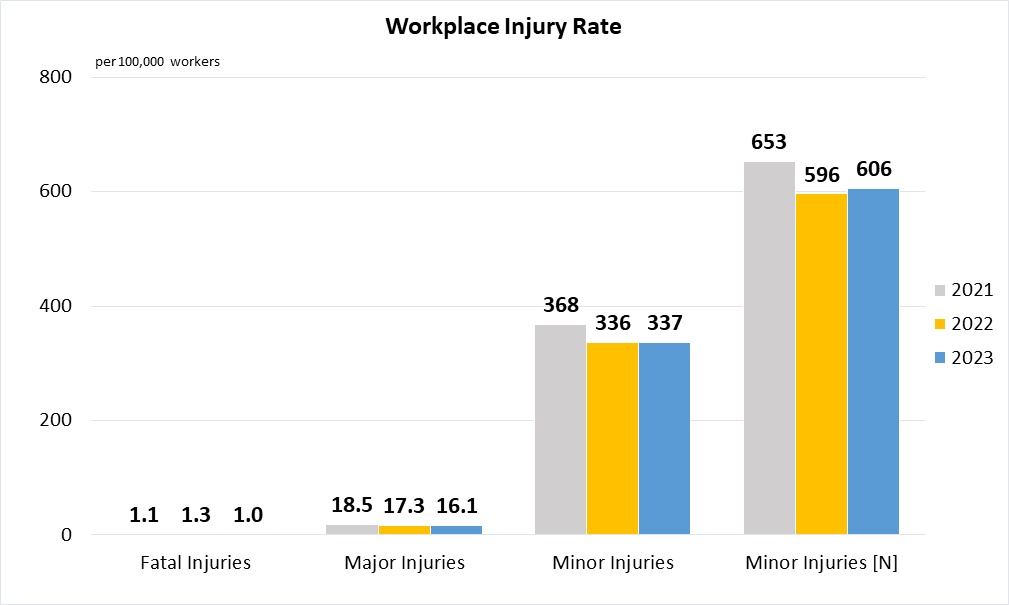
(i) A workplace injury is any personal injury or death resulting from a workplace accident, including work-related traffic injuries.
(ii) Prior to January 2021, the data for workplace injury only covered injuries sustained by employees that resulted in four or more days of medical leave, or at least 24 hours of hospitalisation. Following the amendments to the Work Injury Compensation Act (WICA) which took effect from September 2020, employers need to report all work injuries with any instance of medical leave or light duties. From 2021, the data pertaining to all minor injuries with any instance of medical leave or light duties are denoted by [N].
|
Indicator 8.8.2 | Level of national compliance with labour rights (freedom of association and collective bargaining) based on International Labour Organization (ILO) textual sources and national legislation, by sex and migrant status
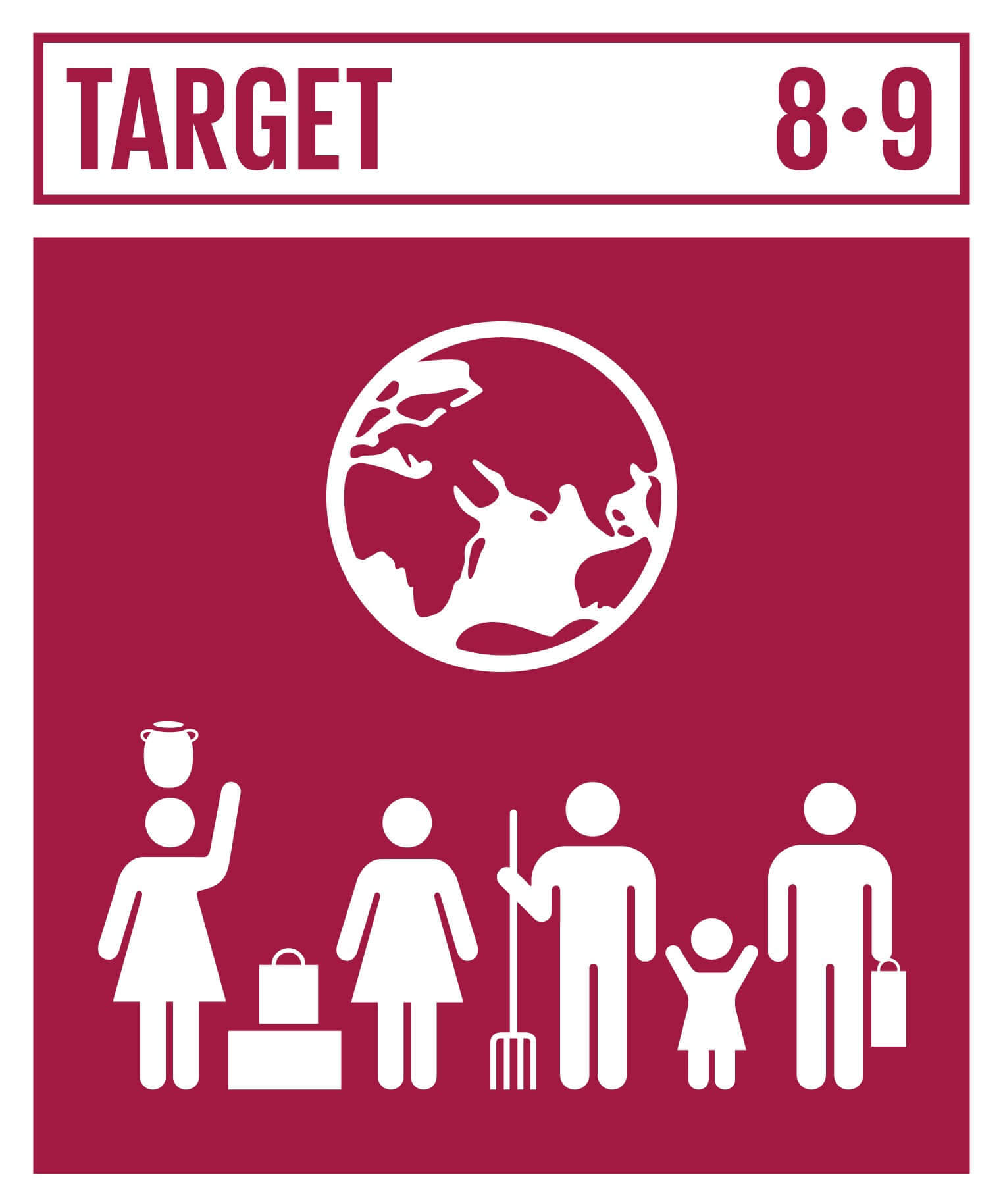 |
Promote Beneficial and Sustainable Tourism
By 2030, devise and implement policies to promote sustainable tourism that creates jobs and promotes local culture and products.
|
Indicator 8.9.1 | Tourism direct GDP as a proportion of total GDP and in growth rate
|
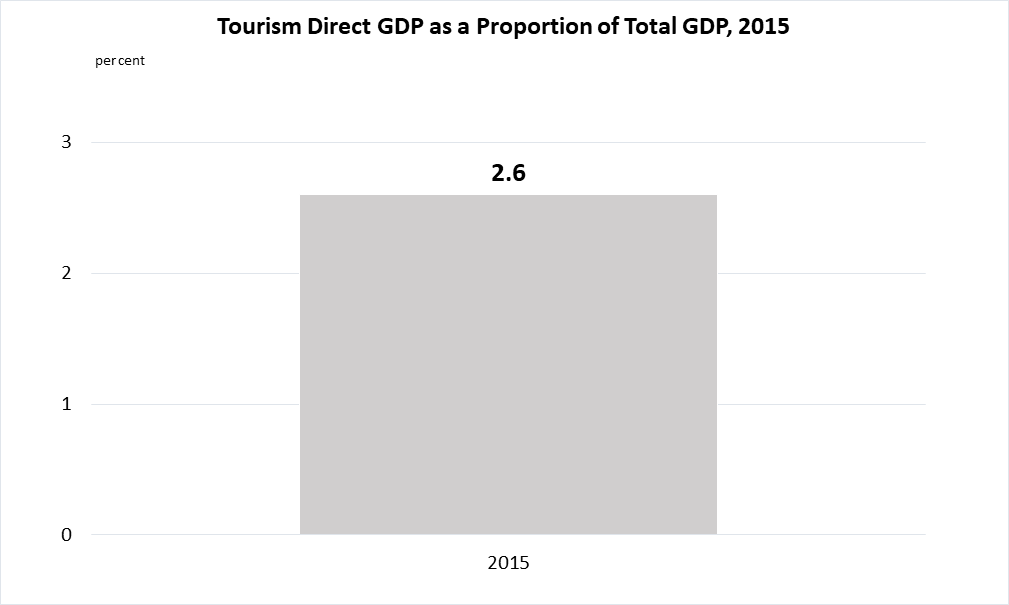
Tourism Satellite Accounts are only available for 2015. Hence the growth rate is not available.
|
|
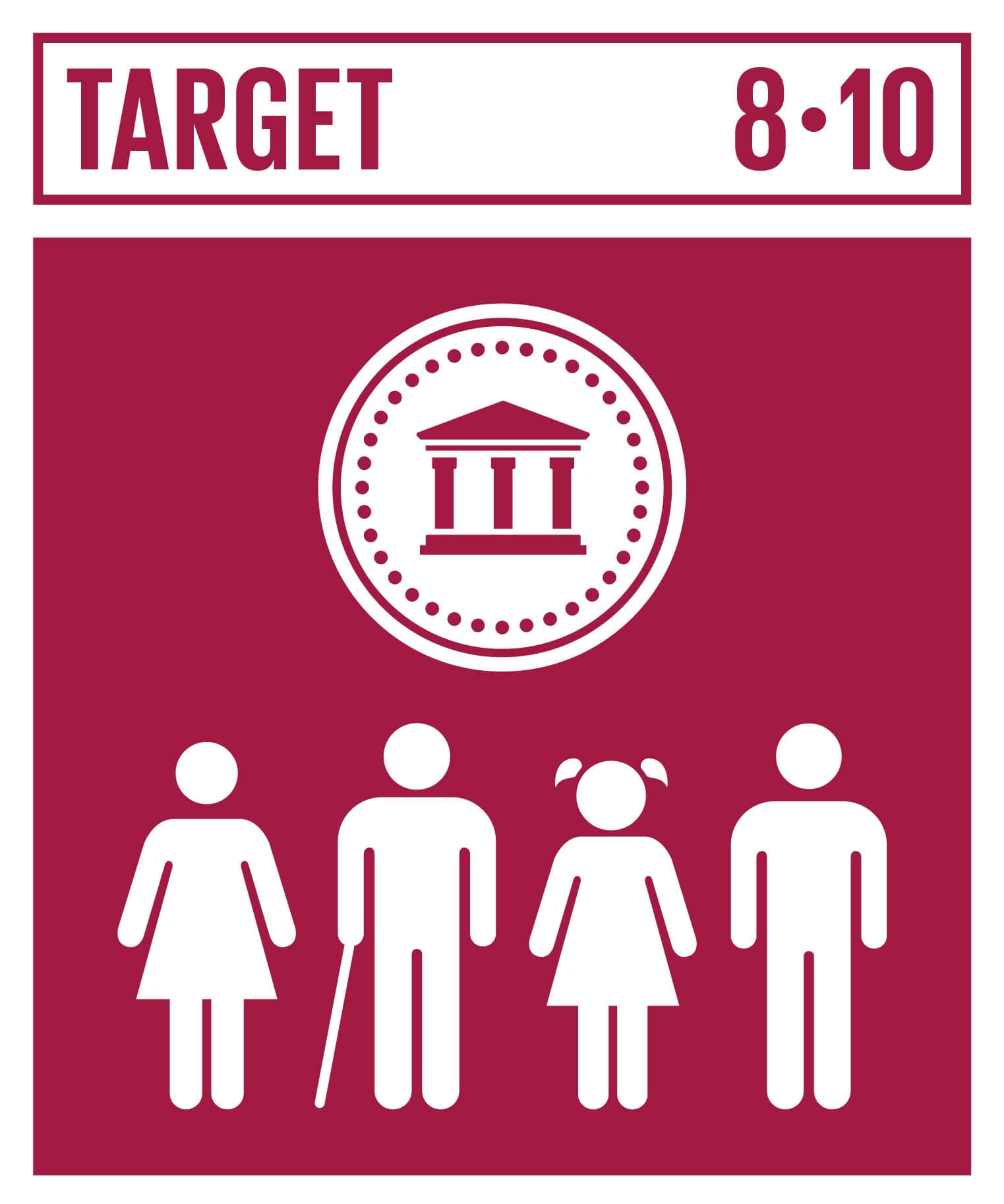 |
Universal Access to Banking, Insurance and Financial Services
Strengthen the capacity of domestic financial institutions to encourage and expand access to banking, insurance and financial services for all.
|
Indicator 8.10.1 | (a) Number of commercial bank branches per 100,000 adults and (b) number of automated teller machines (ATMs) per 100,000 adults
|
(a)
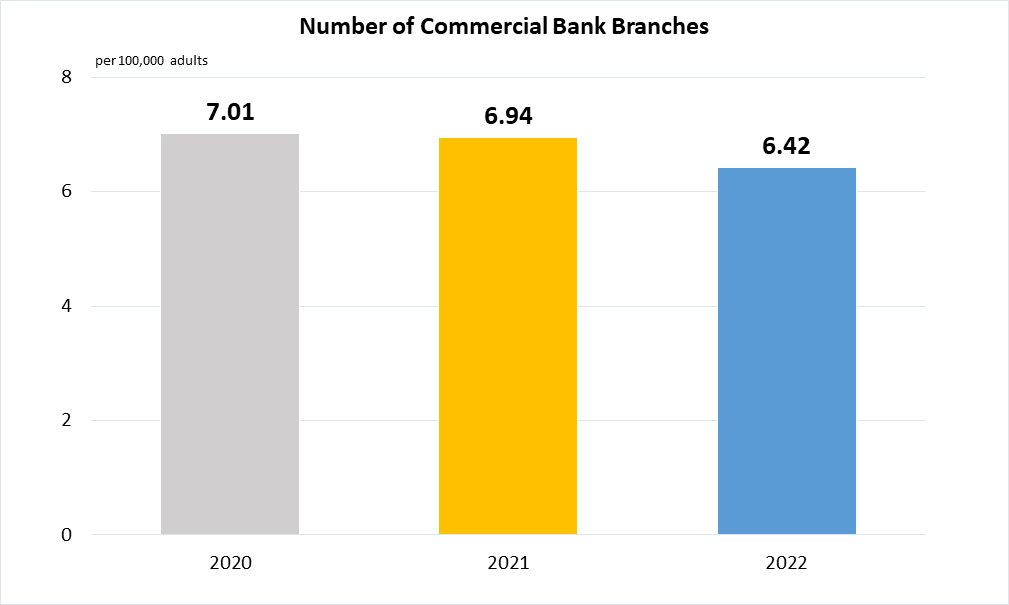
Data are taken from the International Monetary Fund (IMF)'s website - Financial Access Survey.
(b)
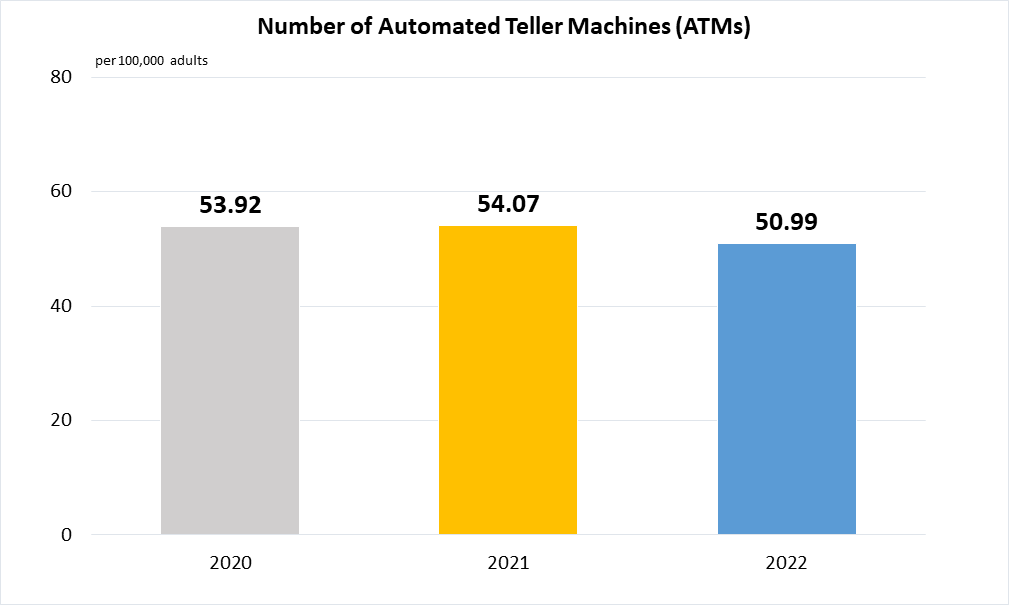
Data are taken from the International Monetary Fund (IMF)'s website - Financial Access Survey.
|
 |
Indicator 8.10.2 | Proportion of adults (15 years and older) with an account at a bank or other financial institution or with a mobile-money-service provider
|
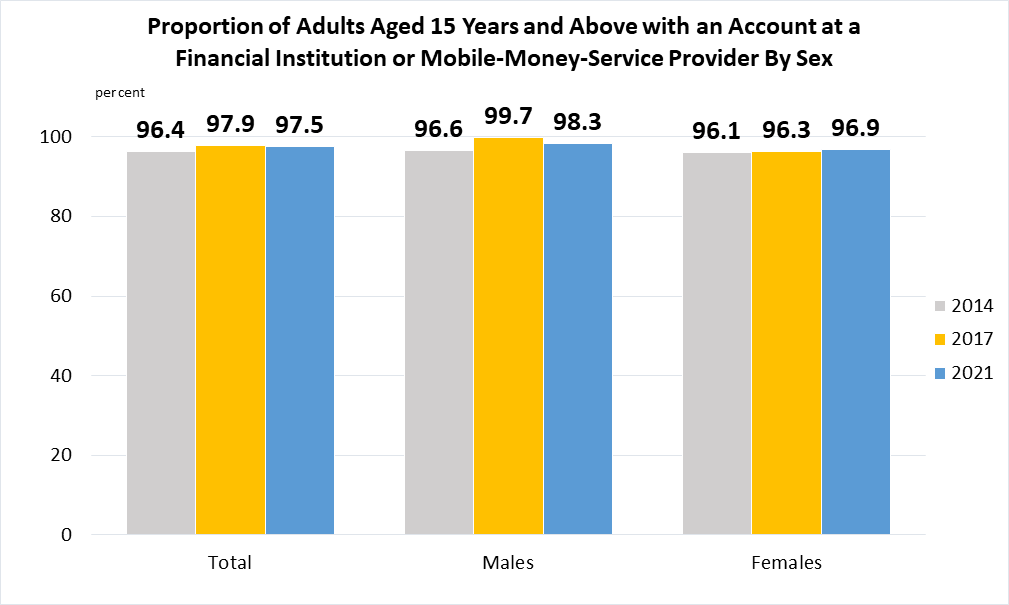
Data are taken from United Nations Global SDG database.
|
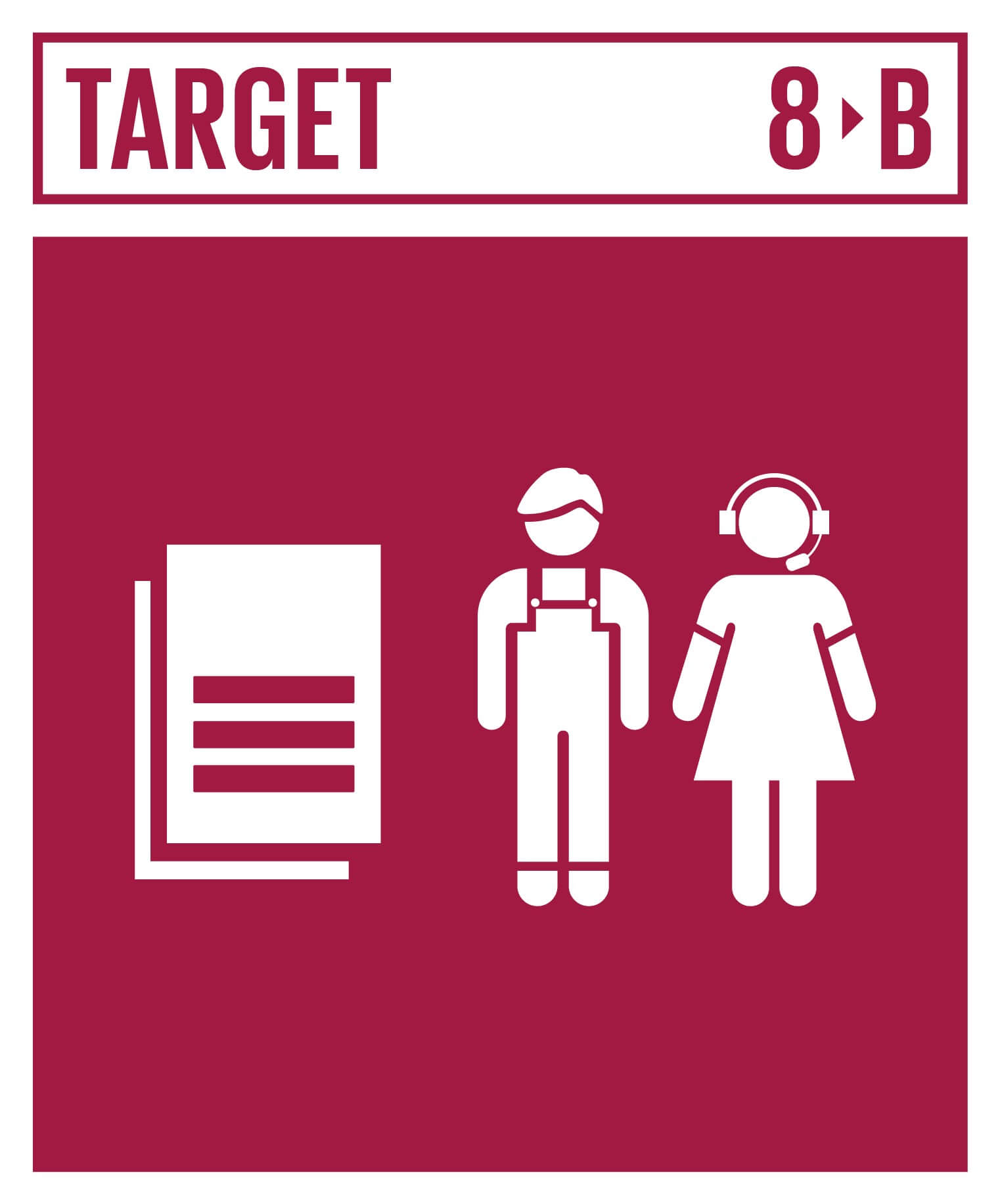 |
Develop a Global Youth Employment Strategy
By 2020, develop and operationalise a global strategy for youth employment and implement the Global Jobs Pact of the International Labour Organization.
|
Indicator 8.B.1 | Existence of a developed and operationalized national strategy for youth employment, as a distinct strategy or as part of a national employment strategy
|
Singapore has operationalised a national strategy for youth employment.
Many of Singapore’s employment policies/programmes cater to the wider workforce given our emphasis on life-long learning/employment. Specifically for youths transitioning into the workforce, they can tap on various career guidance and assistance programmes offered by Institutes of Higher Learning and Workforce Singapore’s Career Starter Programme, to prepare themselves and navigate career opportunities.
The National Youth Council also support youths with jobs and skills development opportunities, such as the Youth Corps Community Internship, and Asia-Ready Exposure programme.
|
|